Impact of AI on the Workforce: Transformations, Challenges, and Opportunities
Artificial Intelligence (AI) is rapidly transforming industries and altering the landscape of the workforce. From automating routine tasks to enabling complex data analysis, AI is reshaping how businesses operate and how employees perform their jobs. This comprehensive exploration delves into the multifaceted impact of AI on the workforce, examining the transformations, challenges, and opportunities that arise as AI technologies continue to evolve.
I. The Rise of AI in the Workplace
A. Evolution of AI Technologies
AI has evolved significantly over the past few decades, progressing from simple rule-based systems to advanced machine learning algorithms and deep learning models. Early AI applications were limited to tasks like data entry and basic calculations, but today, AI encompasses a wide range of technologies, including natural language processing (NLP), computer vision, and robotics.
Recent advancements in AI, such as the development of sophisticated neural networks and the use of big data, have expanded its capabilities. AI systems can now perform tasks that require human-like intelligence, such as understanding and generating human language, recognizing images, and making predictions based on complex datasets.
B. AI Integration Across Industries
AI integration varies across industries, with some sectors embracing AI technologies more rapidly than others. For instance:
- Healthcare: AI is revolutionizing healthcare through improved diagnostics, personalized treatment plans, and predictive analytics. Machine learning algorithms analyze medical images to detect diseases early and provide insights into patient outcomes.
- Finance: In the financial sector, AI is used for algorithmic trading, fraud detection, and risk assessment. AI-driven tools analyze market trends and financial data to make informed investment decisions.
- Retail: AI enhances the retail experience through personalized recommendations, inventory management, and customer service chatbots. Predictive analytics help retailers optimize supply chains and anticipate customer preferences.
- Manufacturing: Robotics and AI-driven automation streamline production processes, improve quality control, and reduce downtime. Predictive maintenance powered by AI helps prevent equipment failures and optimize maintenance schedules.

II. Transformations in Job Roles and Skills
A. Automation of Routine Tasks
One of the most noticeable impacts of AI on the workforce is the automation of routine and repetitive tasks. Tasks that were once performed manually, such as data entry, invoice processing, and basic customer service inquiries, are now handled by AI systems and robotic process automation (RPA). This shift allows employees to focus on more complex and strategic aspects of their roles.
B. Emergence of New Job Roles
While AI automates certain tasks, it also creates new job opportunities. Roles such as AI specialists, data scientists, and machine learning engineers are in high demand. These positions require expertise in designing, developing, and managing AI systems. Additionally, the rise of AI-driven technologies has led to the emergence of new roles in fields like ethical AI, AI policy, and human-AI interaction.
C. Shift in Skill Requirements
As AI becomes more integrated into the workplace, the skill requirements for employees are evolving. Traditional skills such as manual data analysis and routine administrative tasks are being supplemented with new skills related to AI and technology. Employees are expected to develop competencies in areas like data interpretation, AI system management, and digital literacy.
Upskilling and reskilling are crucial for employees to remain relevant in the changing job market. Many organizations are investing in training programs to help their workforce acquire the necessary skills to work alongside AI technologies.
Ethics of AI: Navigating the Future of Artificial Intelligence
III. Challenges and Concerns
A. Job Displacement
One of the major concerns associated with AI is job displacement. As AI technologies automate certain tasks, there is a risk that some job roles may become obsolete. Workers in sectors such as manufacturing, transportation, and customer service may face job losses as automation becomes more prevalent.
The challenge of job displacement requires proactive measures to support affected workers. Governments, organizations, and educational institutions must collaborate to provide retraining programs, career counselling, and job placement services to help individuals transition to new roles.
B. Ethical and Privacy Issues
AI technologies raise ethical and privacy concerns that impact the workforce. The use of AI in areas such as surveillance, employee monitoring, and decision-making can lead to issues related to privacy and fairness. For example, AI-driven hiring algorithms may inadvertently perpetuate biases, leading to discriminatory practices.
Addressing these ethical concerns involves implementing robust AI governance frameworks and ensuring transparency in AI systems. Organizations must prioritize ethical considerations and ensure that AI technologies are used responsibly and fairly.
C. Unequal Access to AI Benefits
The benefits of AI are not equally distributed across all sectors and regions. While some industries and countries reap the rewards of AI advancements, others may struggle to access or implement these technologies. This disparity can exacerbate existing inequalities in the workforce.
Efforts to bridge the digital divide and ensure equitable access to AI technologies are essential. Promoting initiatives that support underserved communities, small businesses, and developing regions can help create a more inclusive workforce.
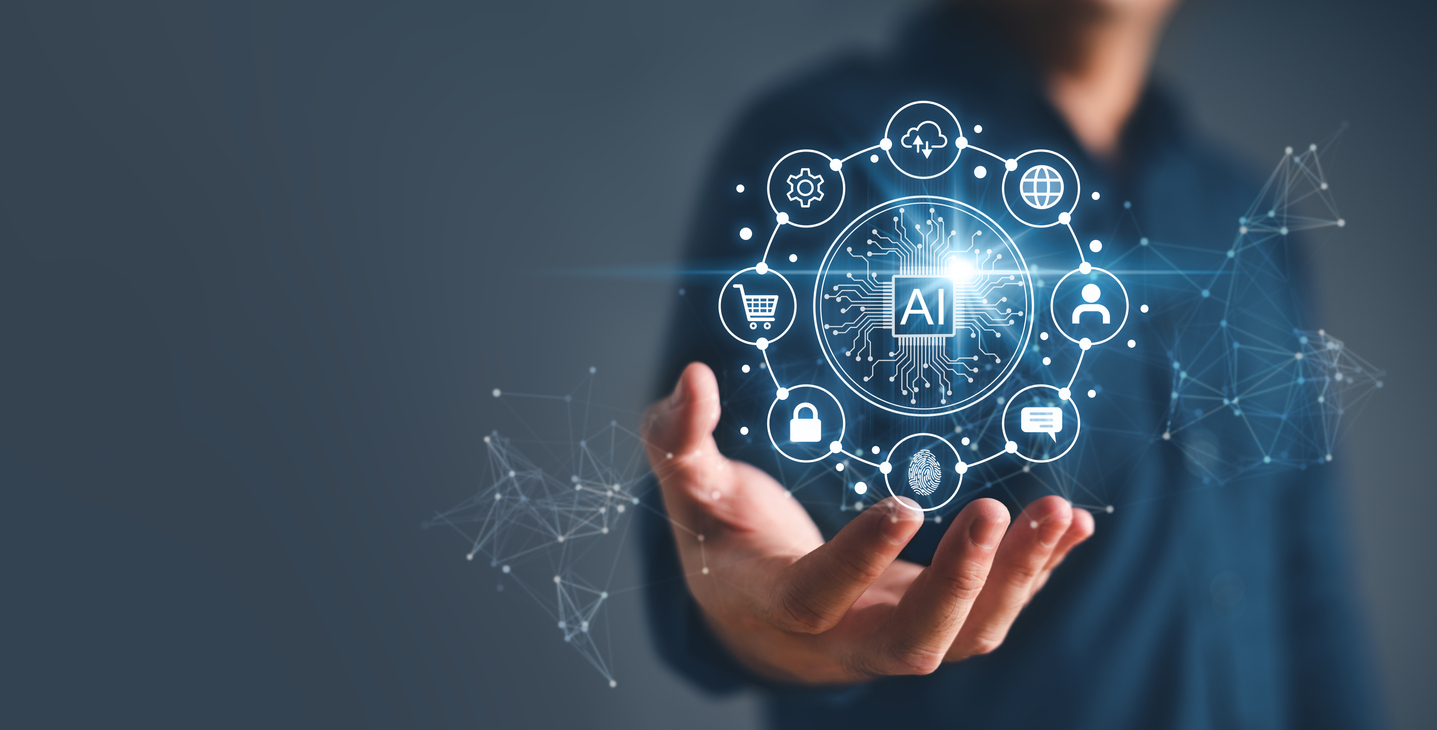
IV. Opportunities and Future Prospects
A. Enhanced Productivity and Efficiency
AI has the potential to significantly enhance productivity and efficiency in the workplace. By automating routine tasks, optimizing processes, and providing actionable insights, AI enables organizations to achieve higher levels of performance. Employees can focus on more strategic and creative aspects of their work, leading to greater job satisfaction and innovation.
B. Personalized Employee Experiences
AI can improve employee experiences by providing personalized support and development opportunities. AI-driven platforms can offer tailored learning and development programs, career path recommendations, and performance feedback. This personalized approach helps employees grow and advance in their careers.
C. Collaboration Between Humans and AI
The future of work will likely involve greater collaboration between humans and AI. Rather than replacing human workers, AI technologies can augment human capabilities and enhance decision-making. For example, AI can assist doctors in diagnosing medical conditions, provide data-driven insights for business leaders, and support creative professionals in generating new ideas.
Promoting a collaborative approach between humans and AI involves fostering a culture of continuous learning and adaptation. Organizations should encourage employees to embrace AI as a tool that complements their skills and enhances their contributions.
V. Preparing for the AI-Driven Future
A. Investing in Education and Training
To thrive in an AI-driven workforce, investment in education and training is crucial. Educational institutions and organizations must offer programs that equip individuals with the skills needed to work effectively with AI technologies. Emphasis should be placed on developing skills in data analysis, programming, and critical thinking.
B. Promoting Lifelong Learning
Lifelong learning is essential for adapting to the evolving job market. Employees should continuously seek opportunities to update their skills and knowledge. Online courses, professional certifications, and industry conferences can provide valuable resources for staying current with AI advancements.
C. Fostering a Positive Work Culture
Creating a positive work culture that embraces change and innovation is vital for navigating the impact of AI on the workforce. Organizations should promote open communication, encourage experimentation, and support employees in adapting to new technologies. A positive work environment helps employees feel valued and motivated to contribute to the organization’s success.
The impact of AI on the workforce is profound and multifaceted. While AI technologies present challenges such as job displacement, ethical concerns, and unequal access, they also offer opportunities for enhanced productivity, personalized experiences, and collaborative innovation. As AI continues to evolve, it is essential for individuals, organizations, and policymakers to proactively address the challenges and seize the opportunities that AI presents.
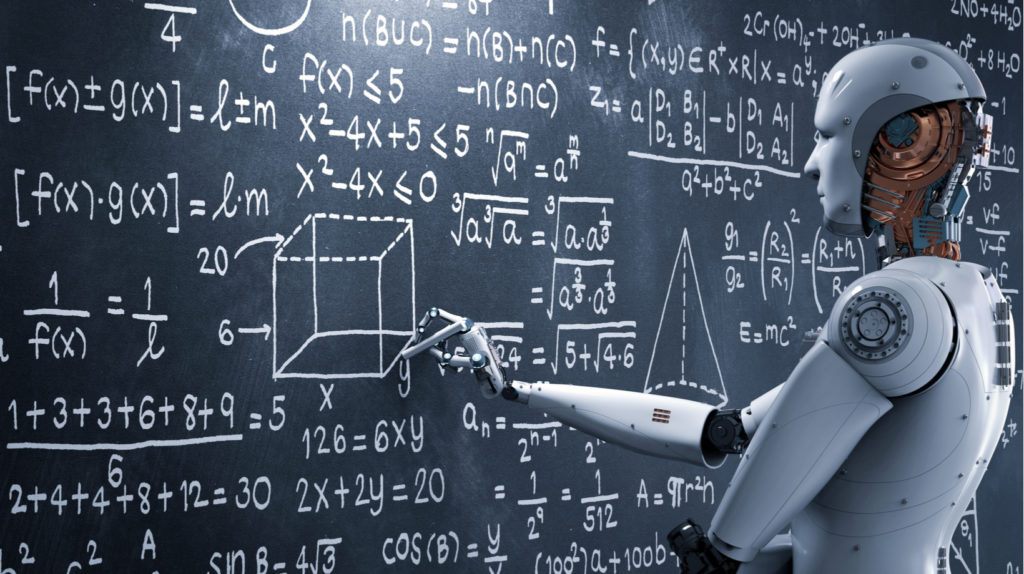
Investing in education, promoting lifelong learning, and fostering a positive work culture will be key to navigating the AI-driven future. By embracing AI as a tool for growth and collaboration, the workforce can adapt to the changing landscape and unlock new possibilities for success in the digital age.
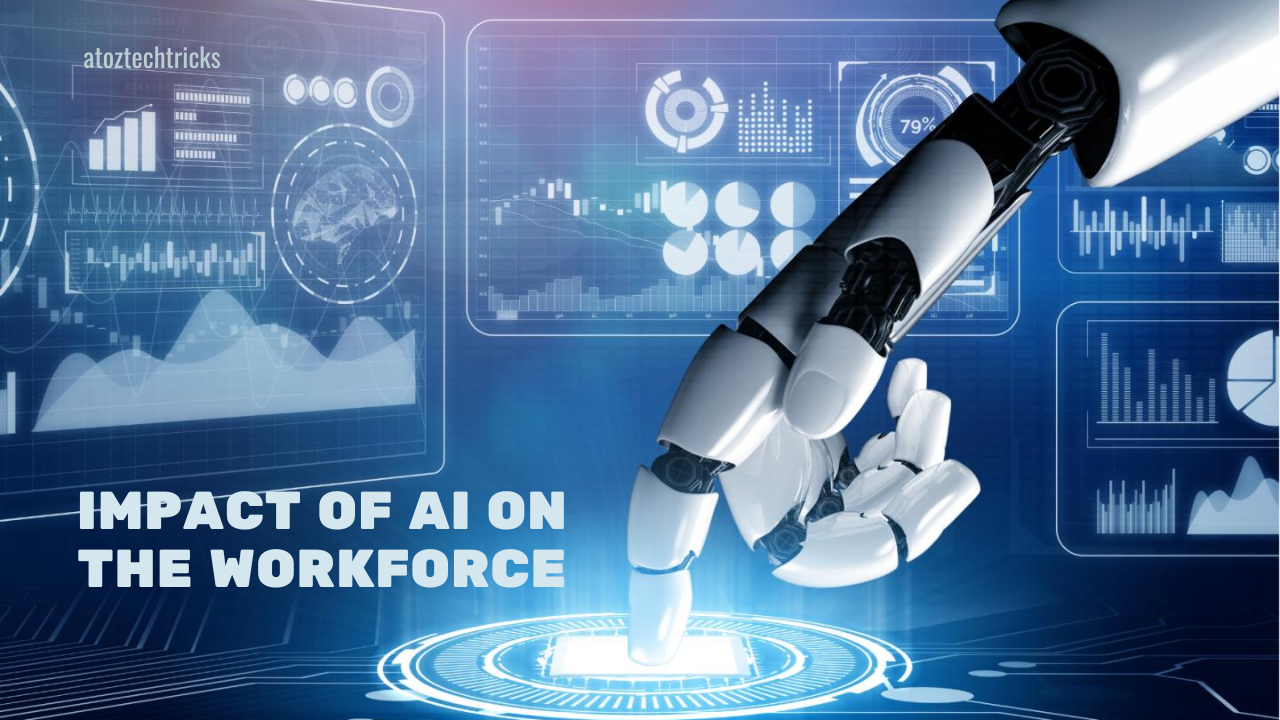
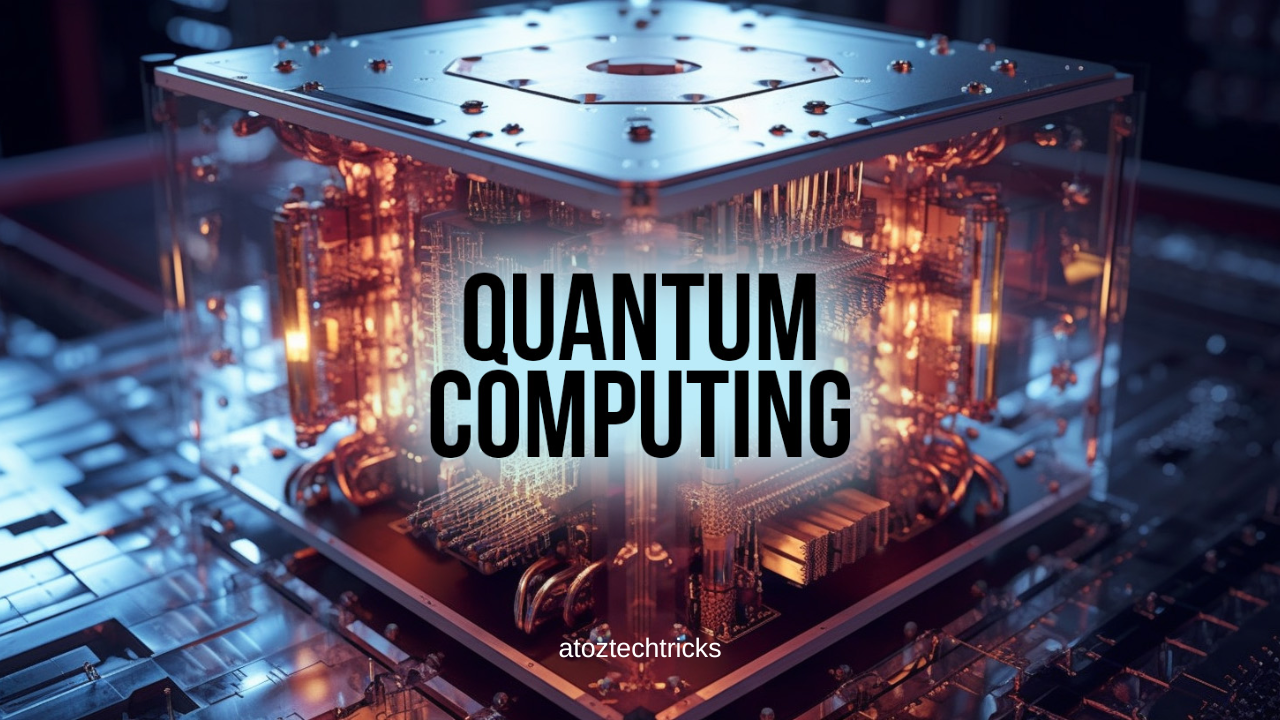
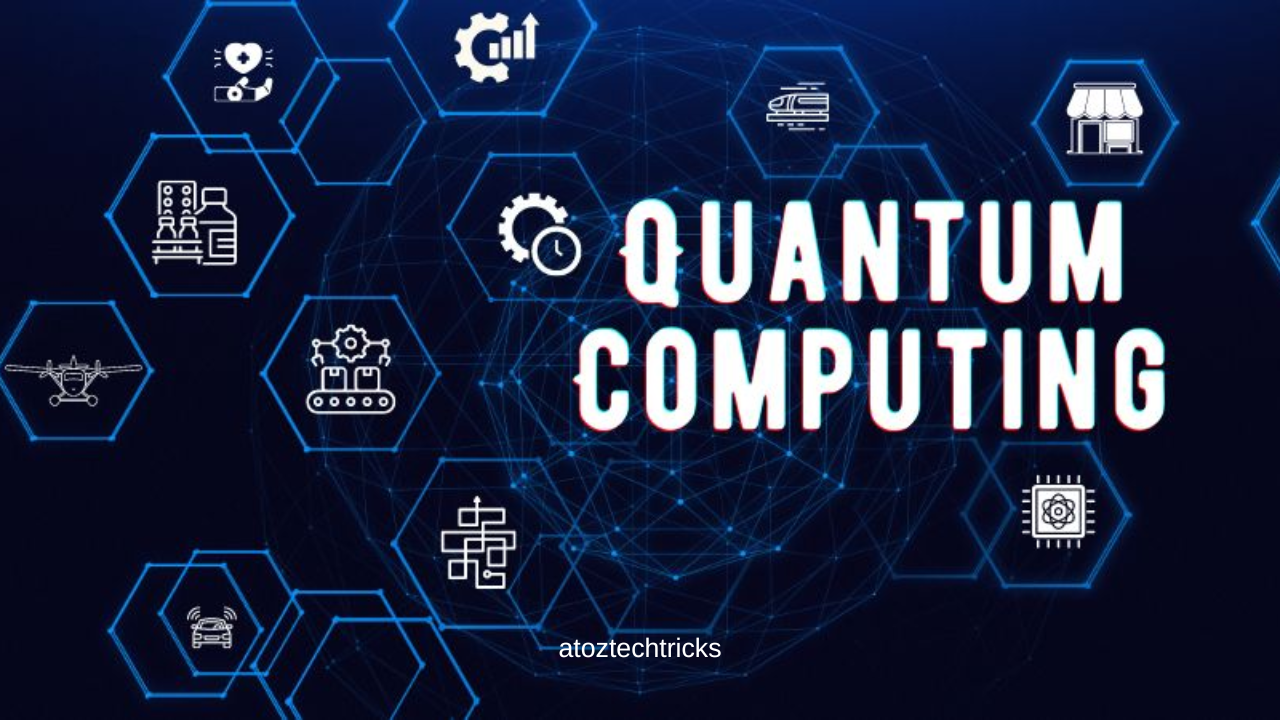

Post Comment